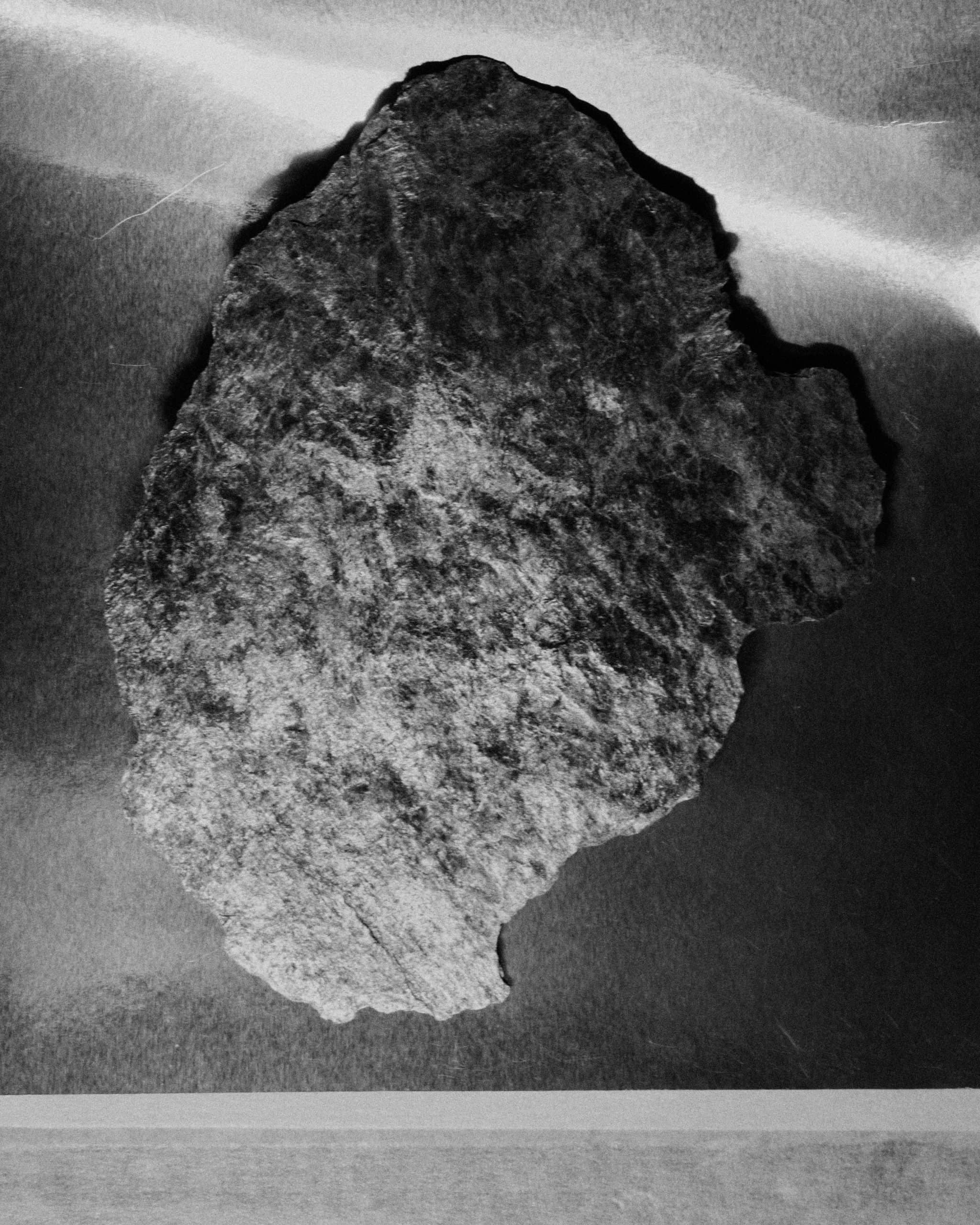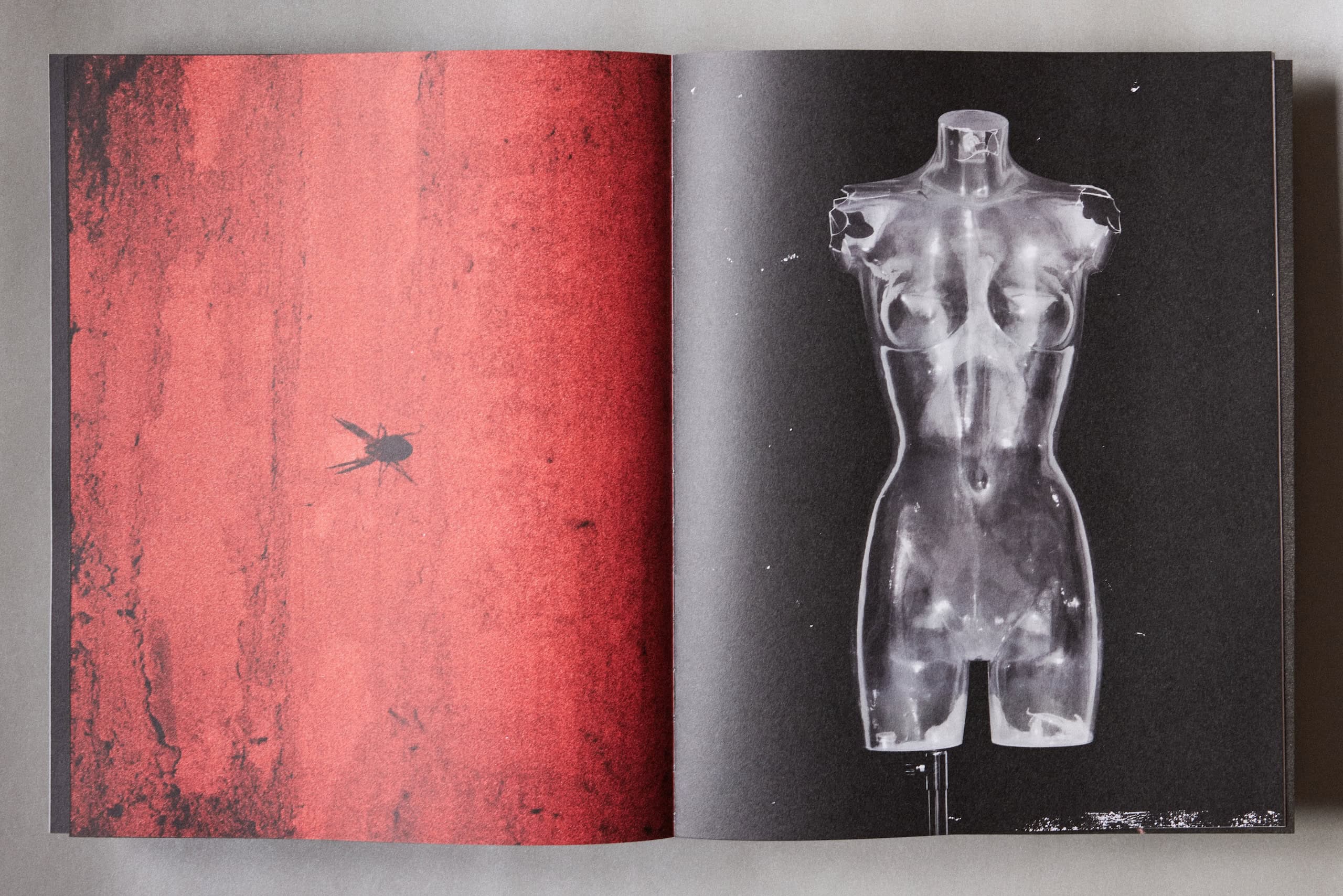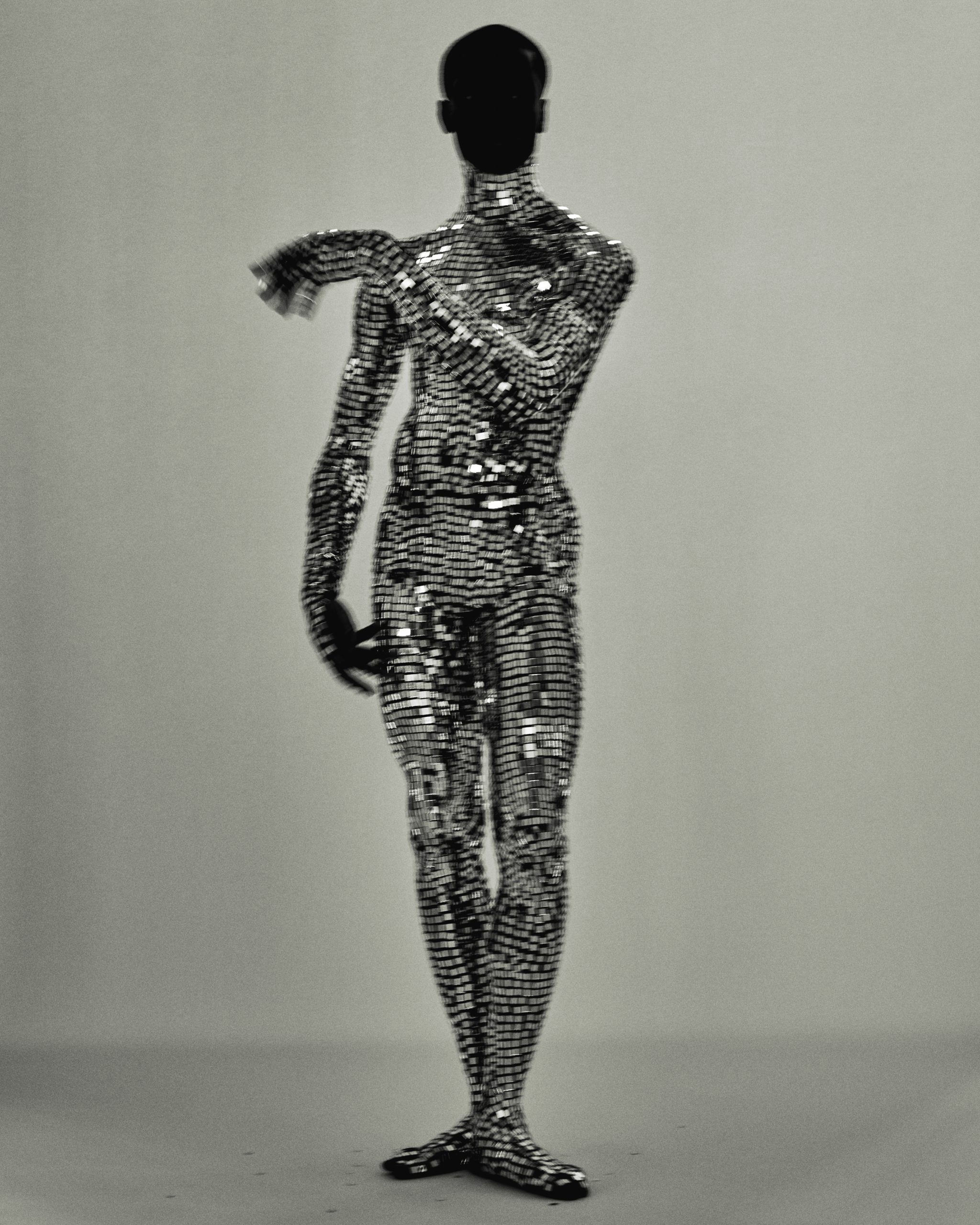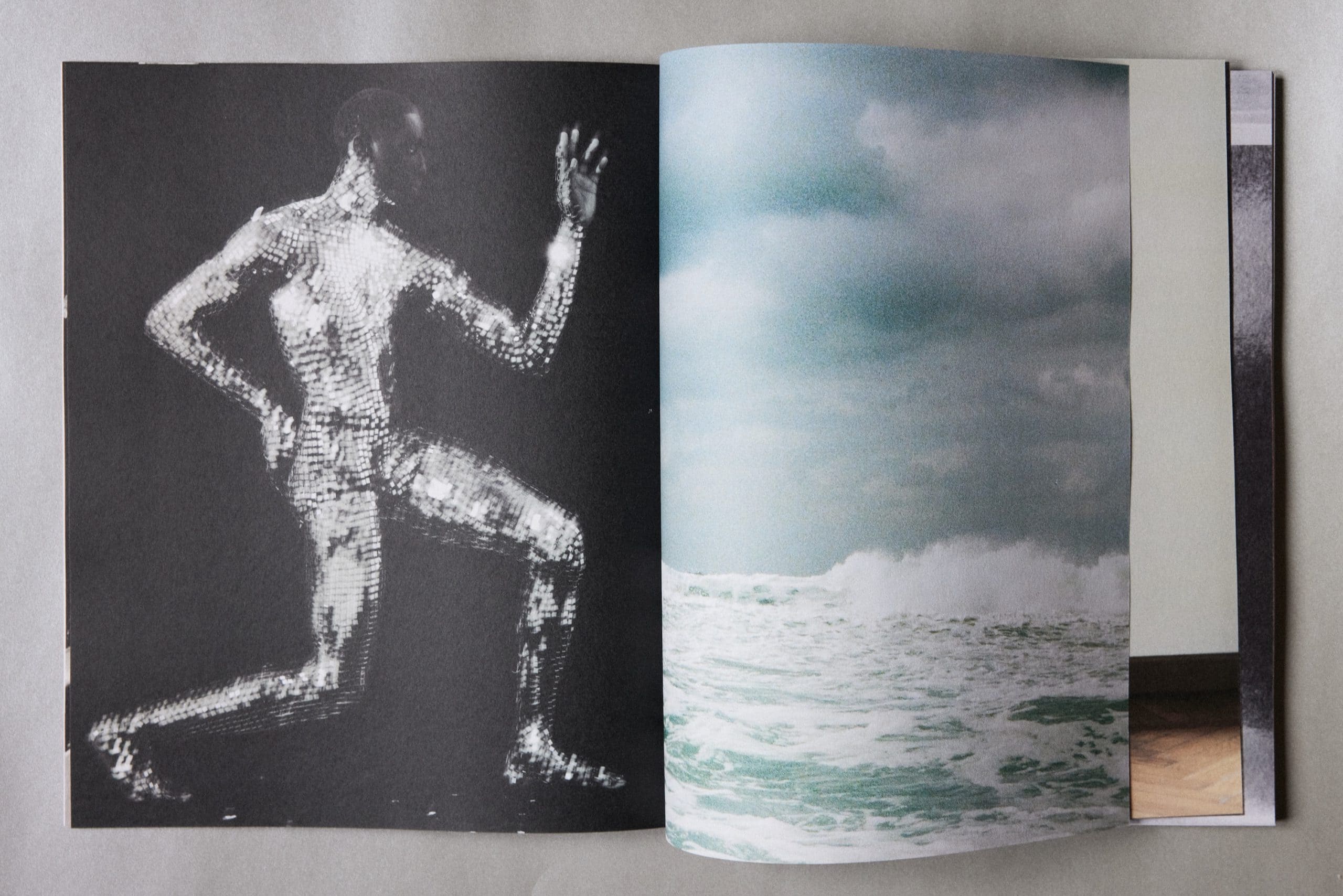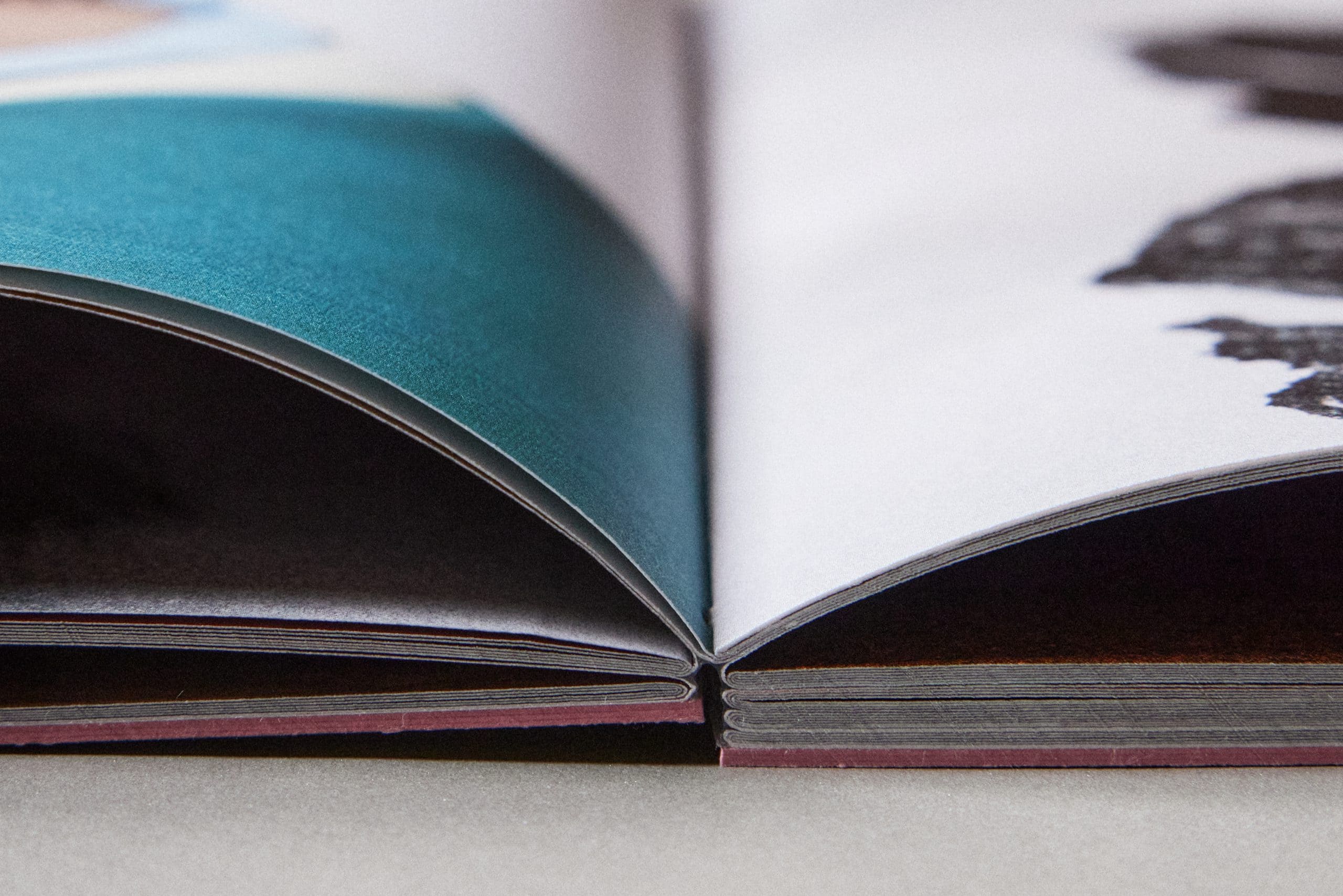In a time where everything moves fast and memories slip away into the digital world, ARC-01 is a quiet act of resistance—a personal gesture of care and attention. Over the course of three years, Filippo Candotti constructs his first photographic archive, layering images that span fashion, excursions, fleeting portraits of urban life, and contemplative still lifes.
More than just a collection, ARC-01 reveals itself as a visual story combining personal memory with pieces of the natural world. Navigating the space between the spontaneity of exploration and a reflective philosophy of collecting—as Walter Benjamin’s sayd—ARC-01 offers a way to hold onto life’s elusive details. It becomes a creative map of memory: not only what has been seen, but also of what has been felt, gathered, and quietly treasured.
Simone Lorusso: Hi Filippo, I remember seeing some of these shots back when they were still sitting in folders on your hard drive. How did ARC-01 come to life, and what does it mean for you to turn that material into a finished archive?
Filippo Candotti: ARC-01 was born from a desire to bring some order—or maybe just give voice—to a flow of images gathered over three years of experiences, travels, encounters, and reflections. It’s my first photographic collection: a selection of archival shots that, when placed side by side, start to trace both my inner and outer worlds. ARC-01 is a way to talk about people, places, and emotions—an attempt to create a dialogue between the different forms of expression I’ve explored in recent years.
SL: The title ARC-01, or “First Archive,” speaks to a gesture of collecting and remembering. In a time when everything moves so fast, archiving becomes a way to pause and make sense of what lingers. How did you choose which images to include? Were you guided by time, emotion, or something else entirely?
The selection was a fairly long, yet spontaneous process. I already had a few moments in mind that I knew I wanted to include, but going back through my archive let me reconnect with material I hadn’t looked at in a long time. I rediscovered old sensations and relived certain moments, which started to come together in a new way. The choices—and how the images sit next to each other—were guided by the emotions tied to the people, places, and moments in the photos. The pages of the book speak to one another in different ways, each one adding depth and meaning to the others.
SL: In a time when everything is automatically saved—on the cloud, in digital folders, on endless feeds—what does it mean for you to create something physical, printed, and tangible? And what feelings or thoughts do you hope to share with those who leaf through it?
FC: I’d like ARC-01 to be an invitation to slow down, to observe, and to care about the details. Printing the book and flipping through its pages allowed me to see and feel the images in a new, deeper way. I hope it conveys the sense of wonder and curiosity I bring to the world around me—the connection with nature, the bond with the people I photograph, and the quiet beauty of small, collected moments. More than anything, I hope each reader finds a personal echo in the images—a memory, a feeling, or a desire that resonates with their own story.
SL: You mentioned having a direct, instinctive approach to photography that started in urban settings. What does it mean for you to “read” your surroundings in such an immediate, intuitive way?
FC: The word that resonates in my head when I think about how I approach the world, how I approach life, is immersion. To immerse myself in what is around me, with a curious eye, in a constant attempt to understand what or who I have in front of me and, if I feel it necessary, to communicate the latter through photography. I like to be able to find an order in what I shoot although my approach is very instinctive. I aim to leave space and give voice to what struck me about a subject, what captured me, interpreting what is the essence of what I have in front of me, giving it back in the image.
I feel that over time I have developed a direct approach to photography, through early experiences in urban and exploratory contexts, it has since evolved and adapted to other contexts, becoming my key.
SL: You’ve shared that the emotions you feel while shooting in fashion settings remind you of those you experience in the mountains. What are these shared feelings, and how do they show up in your work?
FC: I find a shared intensity between the mountain landscapes and the more fashionable, creative world—like the moments before a fashion show or a concert. I’m drawn to the beauty of nature, just as I am to the care and aesthetics I see in fashion environments. Backstage, I enjoy isolating and pulling out what I observe, trying to capture the emotions in the subjects—the anticipation, the tension—reflecting their energy. This approach is similar to how I try to convey, through a single shot, the intensity and vastness of nature, isolating and showing the feelings it stirs in me.
SL: In your photos, the mountain often appears as a recurring backdrop. In an age where slow time is becoming a rare luxury, the mountain seems to offer itself as a refuge—a place of renewal, away from the fast pace of urban life. What does this environment represent to you?
FC: Nature, and especially the mountains, is a vital part of my life and my photography—a true refuge. Hiking in wild, remote places gives me a deep sense of contemplation and wonder, making me feel connected to the land. I’m captivated by the vastness and power of nature, and immersing myself in it allows me to reconnect fully, feeling both enriched and inspired. These experiences transform into images that, in the book, coexist with still life shots, everyday moments, and creative settings, creating both contrast and continuity within the narrative.
SL: Walter Benjamin once wrote, “Every passion borders on chaos, but the passion of the collector borders on the chaos of memory.” In your life, collecting objects like stones and flowers—captured in still lifes—seems to serve this very purpose: preserving fragments of time and bringing order to experience. How do these elements fit into the visual story of ARC-01? Are they poetic details, or do they function as key moments in your visual memory?
One of my first professional experiences with photography was still life, and it left a lasting impact on the way I observe and give voice to objects. Collecting elements and objects has become a frequent ritual for me; I’m fascinated by the idea of giving them a voice, arranging them carefully—even obsessively—to tell their story and uncover their essence. For example, in the book, there’s a shot where I arranged coins, buttons, and rings I found in a pocket emptier at home, set against a black background. It’s a simple, minimalist composition, but to me, it captures the essence of those objects. In ARC-01, I feel these elements are true narrative nodes of my visual memory. They’re images that help me preserve and return presence to things that might otherwise go unnoticed.
SL: Have you ever thought about collaborating with other creators or disciplines—such as writing, sound, or performance—to expand the story of ARC?
FC: I’m really intrigued by the idea of expanding the research through collaboration with other disciplines. The ones I feel most connected to ARC-01 are definitely writing and sound, as both can add depth and intensity, making the narrative more layered. Music, in particular, has always been a significant influence in my life, shaping the way I tell stories through images. It’s a dimension I feel deeply, and I’d love to explore it more in future archival work.
SL: What comes next after ARC-01? Are you already thinking about creating a second archive?
FC: ARC-01 has been a deeply enriching process, exposing me to new realities and people who have supported me throughout its creation. I definitely want there to be continuity with this project. ARC-01 has served as a way to bring together fragments of memories, experiences, and people. My desire to immerse myself in the contexts I live in, to document them and preserve my experiences, will remain with me moving forward. Creating a physical archive feels like a gesture of care—one that captures a memory in time, making it more vivid and accessible.
I want to express my gratitude in particular towards Sebastiano Cislaghi, Giovanni Fazzini and 0331_ent collective for the help they gave me during the realization and the presentation of ARC-01. And thank you Simone for this beautiful opportunity.
